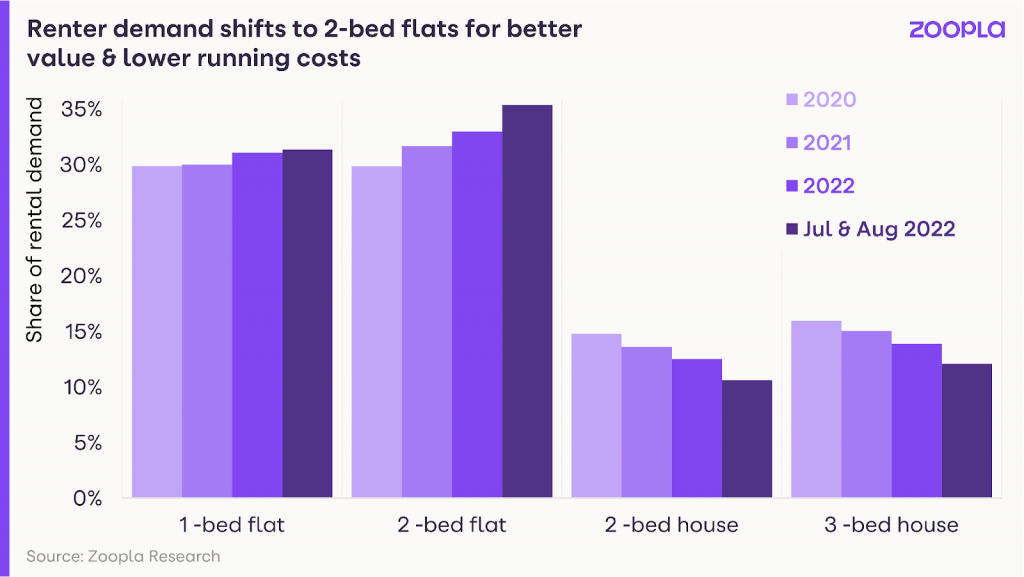Lancaster and Morecambe Bay Housing Market Update: Spring 2023.

The UK housing market has been experiencing a decline in annual residential property prices, with a YoY decrease of 3.1% in March, according to mortgage lender Nationwide. This marks the biggest price drop since the financial crisis, mainly due to the uncertainty created by last year’s mini-budget in September 2022, which is still being felt. As a result, the housing market is struggling to recover momentum, with weak consumer confidence and household budgets affected by high inflation.
The housing market in the Lancaster and Morecambe Bay area is also feeling the impact of these challenges. However, we have found that transaction levels remain stable and that the volume of new properties coming onto the market is steady. Committed buyers and sellers are slowly returning as morale improves, although there is still some uncertainty about the future.
Despite the challenges, the Lancaster and Morecambe Bay housing market shows signs of resilience. For example, some flexible sellers are more likely to accept below-asking-price offers to hasten the sale of their homes, and stock levels are increasing, thereby providing more space for price negotiations. These factors suggest that the housing market is adjusting to the current challenges and is poised for a more realistic and efficient sale.
One of the factors that is likely to affect the housing market in Lancaster and Morecambe Bay is the level of demand from potential buyers. Although prices are expected to decrease by around 8% this year, bringing them back to 2021 levels, it is unclear how many buyers will be willing to purchase homes in the area. Some may be deterred by the economic uncertainty, while others may be holding out for better deals.
However, there are some positive factors that could help to support the housing market in the area. For example, the Lancaster and Morecambe Bay area is known for its natural beauty and attractive coastline, which could make it attractive for buyers looking for a second home or a retirement property. In addition, the area has good transport links to other parts of the country, which could make it appealing to commuters.
Another potential factor that could impact the housing market in Lancaster and Morecambe Bay is the level of new construction. Although the volume of new properties coming to the market is steady, it is unclear how many of these will be new builds. A significant increase in the number of new builds in the area could help to boost demand from buyers looking for modern, energy-efficient properties.
In conclusion, Lancaster and Morecambe Bay’s housing market faces challenges due to the uncertainty created by last year’s mini-budget and weak consumer confidence. However, there are signs that the market is adjusting to these challenges, with committed buyers and sellers slowly returning as morale improves. Although prices are expected to decrease this year, the future of the housing market in the Lancaster and Morecambe Bay area will depend on a range of factors, including demand from buyers, the level of new construction, and economic conditions more broadly.
We here at CoastnCountry know what it takes to sell for the maximum price and we are happy to advise on any improvements to make your home more sellable. Want to find out more? Please contact kellie or Sarah at coastncountry.co.uk or call 01524 389814.




